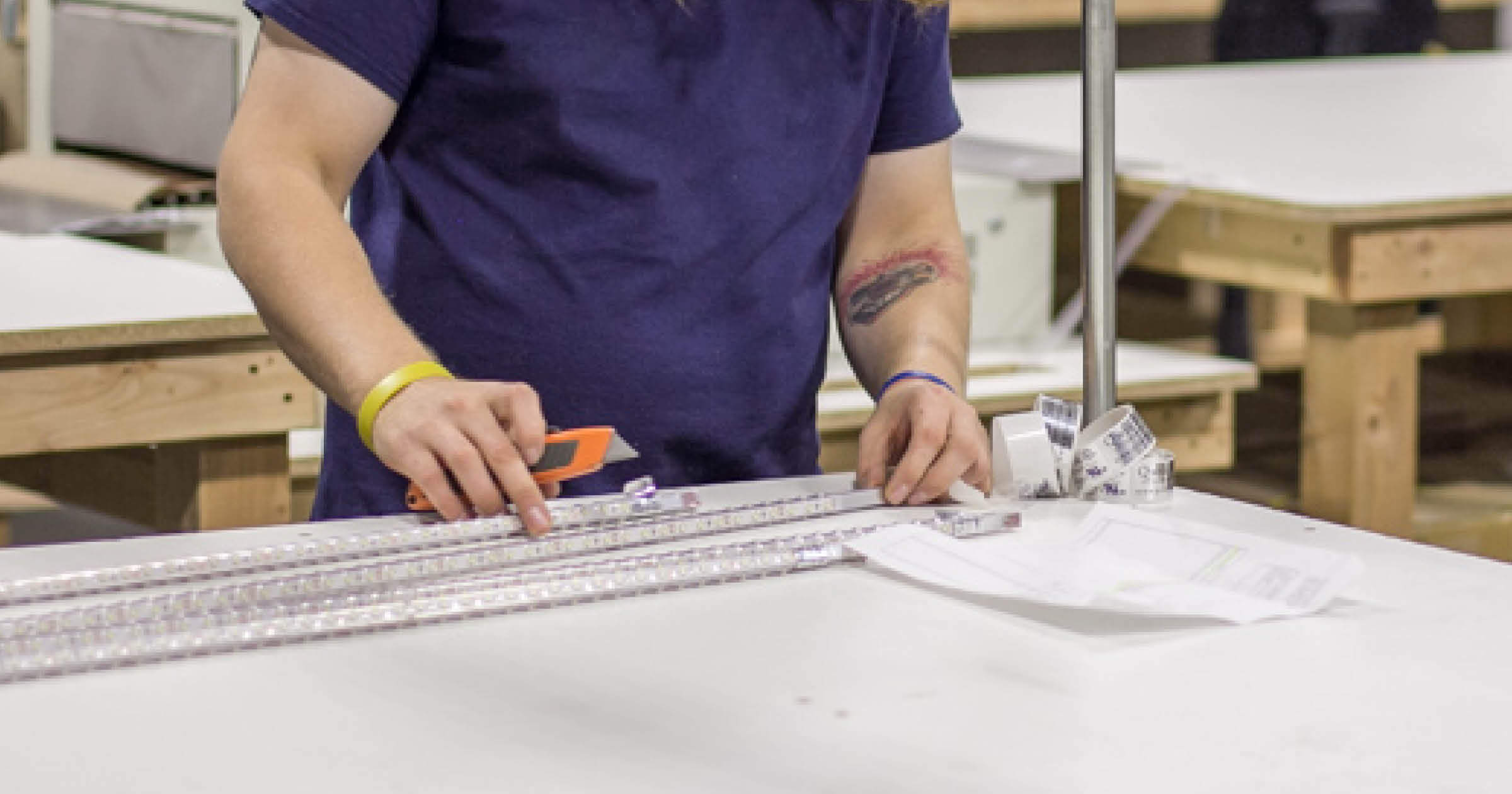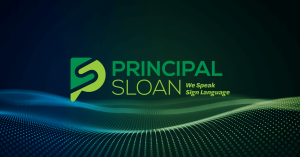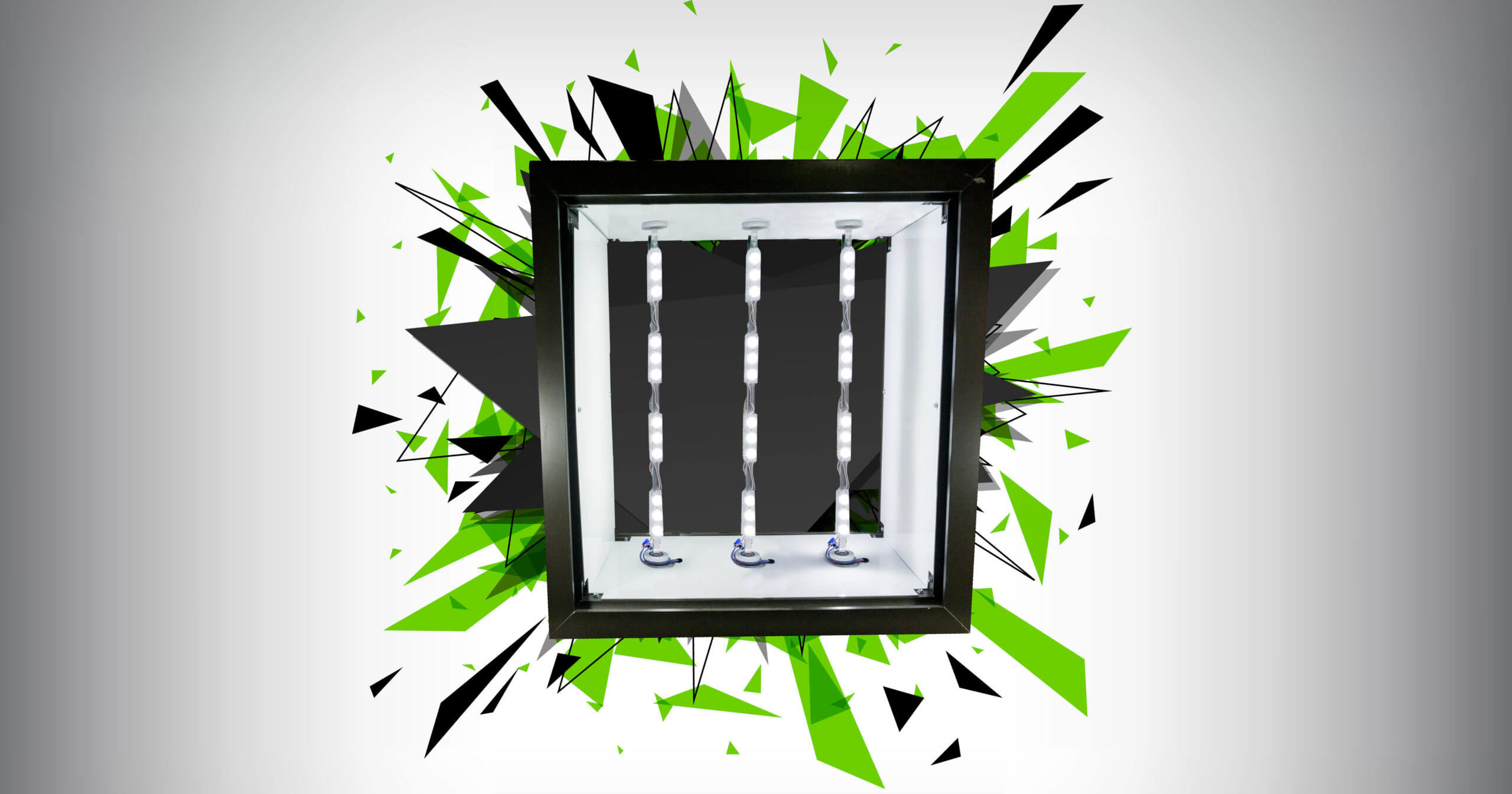LED advancements have undergone tremendous change over the past two decades. Light emitting diodes are semiconductor diodes that emit light when connected to a direct current. The basic principles governing LEDs were originally observed by British scientist Henry Joseph Round when he noticed that when a 10V potential was applied to silicon carbide, a yellow colored light was emitted.
However, it was not until 1961 that a GE researcher developed the first true light emitting diode that emitted light in the visible frequency range. In the early days development was slow. LED technology continued to plod along and as the price per chip began to decrease, LEDs began to find applications as indicators and displays in devices like hand-held calculators.
It was not until 1994 when Shuji Nakamura with Nichia Corporation developed the first commercially viable blue LED that he paved the way for LED use in broader lighting applications. Most white LEDs today are basically a blue LED that has a yellow phosphor coating that converts monochromatic light to broad-spectrum white light in a similar manner as a fluorescent lamp.
So How are LEDs Made?
Generally speaking, diodes are made from very thin layers of semiconducting material. One layer contains an excess of electrons, while the other has a deficit (called holes). When a potential is applied, the difference between the layers causes the electrons to move from one layer to another, producing energy in the form of light. These layers are grown epitaxially in a clean room, and are less than one micron thick.
Each slice of the semiconductor, or wafer, is a single uniform crystal. Later in the process impurities are introduced (doping). These impurities actually cause the semiconductor to function. Different dopants are added to cause different wavelengths or colors of light to be emitted.
Multiple layers (like layers of a cake) are grown epitaxially in either a liquid or gas phase in a very specific process. Once the wafer is “grown”, metallization contacts are patterned so that electrical contact can be made. This pattern is repeated (sometimes up to 10,000 times) on the wafer. Finally, the wafer is cut into smaller sections called the “die” or “chip”. At this point the individual dies or chips are mounted into a lamp.
Mounting LED Chips
In the early days LED chips were mounted on lead frames, coated with a phosphor and then an epoxy domed lens was cast around the lead frame and chip to create a lamp. Many of us remember the first LED sign modules that contained these 3mm or 5mm lamps or later a four-pin cast epoxy lamp called a piranha package.
As packaging technology developed, surface mount device LED lamps were produced and are still one of the most common types of LED lamps used in sign modules today. More recently, companies utilize what is called chip-on-board technology in which the chip is mounted directly on the PCB substrate, coated, and encapsulated.
There have been multiple developments over the years that have contributed to LED adoption as a mainstream source of lighting for the sign industry. Developments have occurred at the manufacturing level with the advent of new semiconductor materials and dopants, advances in substrates, better lamp packaging techniques, as well as processing larger wafers resulting in better throughputs and lower manufacturing costs.
All in all LEDs have improved their efficiencies from 50 LM/W just 10 years ago to over 150 LM/W in commercially available LEDs and at the same time are being produced at a fraction of the cost. So what is coming and what does it mean for the sign industry?
Improved Production
First, let’s talk about chip production. LEDs, as described, are made in a batch process—like baking a cake. In batch processing, it takes about as much work and the same equipment to make a big cake as a small one. So a lot of focus has been around how to grow larger wafers. For example, if you can grow a 1” wafer in a single step and produce 2,000 LED die, growing a 2” wafer allows you to produce 8,000 die of the same size with the same number of steps.
Recently Taiwan Semiconductor has developed a platform for bring a fully automated 8” manufacturing process to LED manufacturing. These processing improvements have been and will continue to be a major driver in reducing LED die costs over the next decade.
Now let’s consider chip efficiency. Many consider the theoretical efficiency of a phosphor based LED to be somewhere between 260 and 300 LM/W. As mentioned commercially available LEDs are already around 150 LM/W, so we may see a doubling of LED efficiency over the next decade, but we are not likely to see the massive efficiency improvements that was achieved over the last 10 years without the development of radically new materials. So what is new out there in terms of new materials or unique utilization of existing chips that could impact the future of the sign industry?
Quantum Dots
Quantum dots is one such radical technology that could create a new breakthrough to the next level of efficiency. Quantum dots are ultra-small crystals that have very unique properties. They can be tuned to emit light throughout the visible spectrum. One characteristic of quantum dots is that due to their quantum-confined state they can theoretically provide more color options and produce a better white. They can be used as a primary lighting source to activate a phosphor or can be excited and emit light directly. Efficiencies in the laboratory have already exceeded 300 LM/W.
AC LED Chips
I believe that AC LED chips have a bright future in the sign industry. When you look at a power supply as part of the LED system, the power supply is the weak link and is a hundred times more likely to fail than the LED semiconductor. Any sign installer or service technician knows this by experience. Over 80 percent of reported service calls for LEDs are related to the power supply, hence a chip that operates directly off of AC should create a more reliable LED system.
I am not talking about a module that has a bunch of rectification circuitry on the modules—in this case you are just transferring the failure risk. I am talking about a true AC LED chip. Principal LED (disclaimer: I am a partner) recently released Powerline a COB true AC LED sign module that runs directly off of primary voltage without the need for a power supply. Other LED manufacturers have recently released SMD components that operate on AC directly. Since they are AC they have the advantage of not being polarity dependent (i.e., you can’t wire them backward).
As these types of AC LED chips are relatively new, they are still expensive, but they offer tremendous maintenance advantages over traditional systems that must incorporate a power supply, and I believe they will find a home in the sign industry in applications where serviceability is at a premium.
New Multi-Color Chip Packages
One way to create white light is to mix red, blue, and green (RGB) LEDs. However, anyone that has tried to create white light from an RGB system knows that the color rendering index, which is a measure of the quality of white light is low (i.e., it’s really hard to create a “true” white).
However, researchers at Cree and other LED manufacturers are exploring the use of RGBA (throwing amber in the mix) to create a superior and more efficient light. The U.S. Department of Energy suggests that RGBA LED lamps theoretically can produce a superior CRI and higher efficiencies than the current blue LED + phosphor technology. In addition, the phosphor material can degrade, so just like the former example—remove the pain point from the system.
When packaged in the same SMD lamp with separate contact points, LED color temperature (CCT), which is a measure of how warm or cool the light is could be readily controlled. From an application and end product manufacturing perspective, this could allow LED product integrators to use one SMD lamp part and then very accurately dial in the color temperature of the white light by simply changing the resistors or utilizing a constant current IC on the board.
Keep in mind that LED technology is still a relatively new field and most developments in LEDs (particularly white LEDs) have occurred in the last 20 years. So I anticipate a lot more innovation to come. With billions of dollars being poured into R&D on new chips and new combinations of chips, I am certain that some of these will make their way into the sign industry soon. After all, we were the first industry to really adopt LEDs as part of our craft and I am certain that will continue in the future.
This article was published in Sign & Digital Graphics magazine on July 8, 2015.




